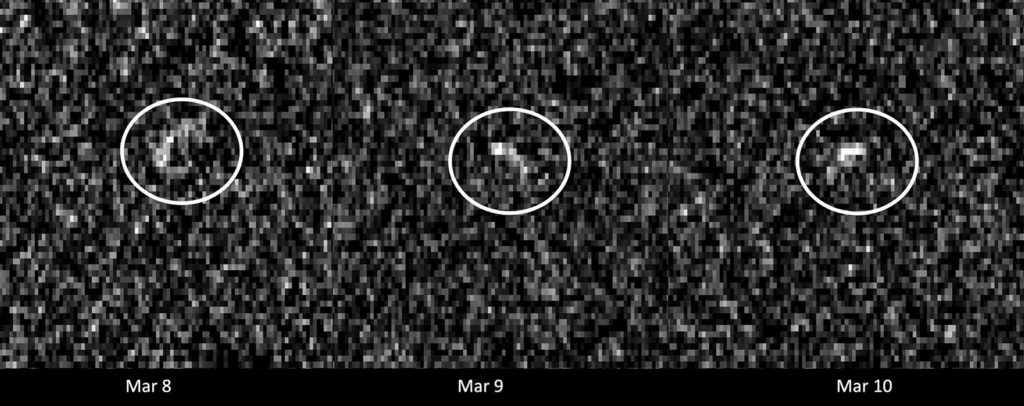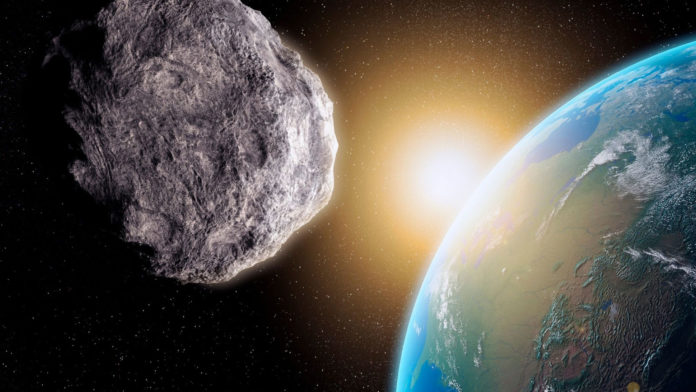99942 Apophis is a near-Earth asteroid and potentially hazardous asteroid with almost 1210 feet in diameter. Discovered in 2004, the asteroid was thought to hit Earth. It had a 2.7% chance of hitting the Earth in April 2029.
Latest observations from NASA revealed that the asteroid poses no threat to Earth. Astronomers came to this conclusion through a new radar observation campaign combined with precise orbit analysis of asteroids.
When Apophis passed close to Earth around March 5, astronomers took advantage of the opportunity to use sophisticated radar observations to fine-tune their estimate of its orbit around the Sun. Calculations in recent years have proven the asteroid will safely glide past Earth in both 2029 and 2036.
Thanks to additional observations of the near-Earth object (NEO), the risk of an impact in 2029 was later ruled out, as was the potential impact risk posed by another close approach in 2036. However, a small chance of impact in 2068 remained until this month.

When astronomers refined the estimate of its orbit around the Sun with extreme precision, the results confidently ruled out any impact risk in 2068 and long after.
Davide Farnocchia of NASA’s Center for Near-Earth Object Studies (CNEOS), which is managed by NASA’s Jet Propulsion Laboratory in Southern California, said, “A 2068 impact is not in the realm of possibility anymore, and our calculations don’t show any impact risk for at least the next 100 years. With the support of recent optical observations and additional radar observations, the uncertainty in Apophis’ orbit has collapsed from hundreds of kilometers to just a handful of kilometers when projected to 2029. This greatly improved knowledge of its position in 2029 provides more certainty of its future motion, so we can now remove Apophis from the risk list.”
For this study, Farnocchia referred Sentry Impact Risk Table which continually scans the most current asteroid catalog for possibilities of future impact with Earth. With the recent findings, the Risk Table no longer includes Apophis.
The data for the study was gathered from the 70-meter (230-foot) radio antenna at the Deep Space Network’s Goldstone Deep Space Communications Complex near Barstow, California. It precisely tracks Apophis’ motion. Goldstone also collaborated with the 100-meter (330-foot) Green Bank Telescope in West Virginia to enable imaging of Apophis.
As the radar team further analyzes their data, they also hope to learn more about the asteroid’s shape. Previous radar observations have suggested that Apophis has a “bilobed,” or peanutlike, appearance. This is a relatively common shape among near-Earth asteroids larger than 660 feet (200 meters) in diameter; at least one in six have two lobes.
Apophis made a recent close approach to Earth; it was still nearly 10.6 million miles [17 million kilometers] away. On April 13, 2029, the asteroid Apophis will pass less than 20,000 miles (32,000 kilometers) from our planet’s surface. During the approach, it will be visible in the Eastern Hemisphere without the aid of a telescope or binoculars.
